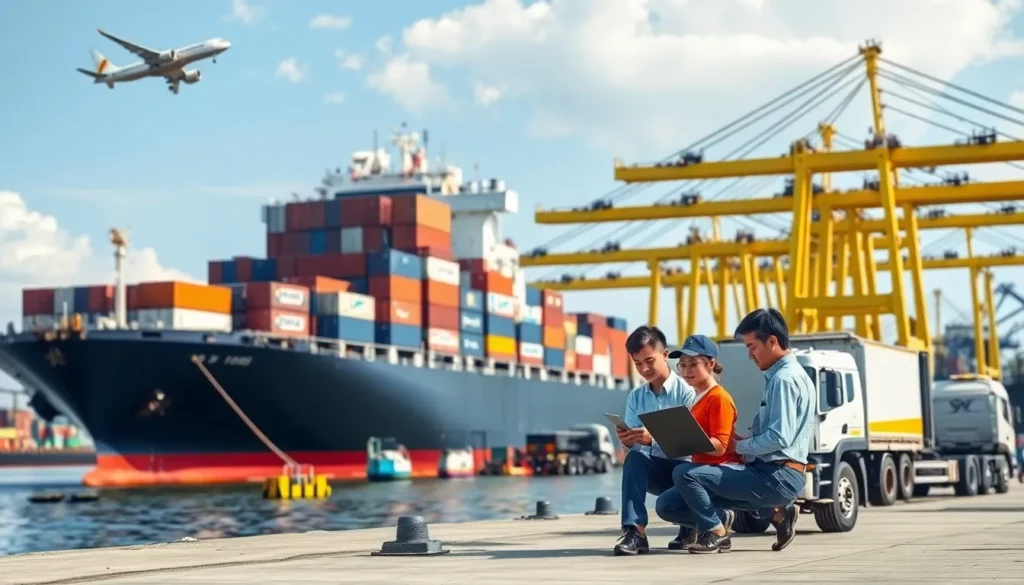As a B2B importer, you need a streamlined shipping strategy to move goods from China to Malaysia efficiently. With 20 years in freight forwarding, I’ve seen how mastering four key areas—shipping methods, costs, regulations, and partner selection—can transform your supply chain. This guide equips you with actionable insights to cut costs, ensure timely delivery, and boost your competitive edge in Malaysia.
China-based freight forwarders provide end-to-end logistics solutions, including sea and air freight, customs clearance, and door-to-door delivery. Opt for providers with proven China-Malaysia expertise and clear pricing to optimize your supply chain.
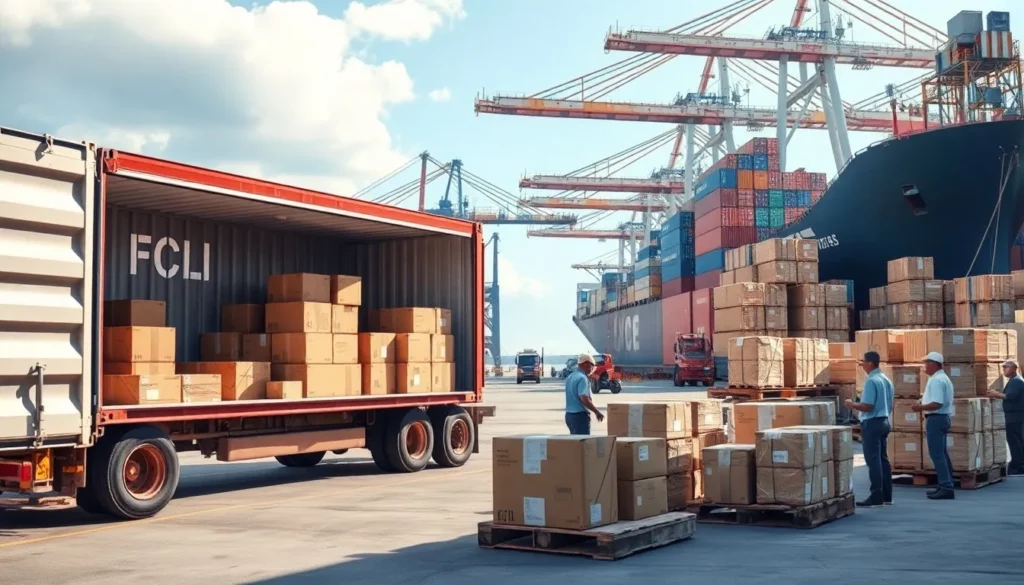
Understand Your Shipping Needs and Options
Define Your Shipment Profile for Better Carrier Selection
You’ll achieve better shipping outcomes by clearly defining your cargo profile and business needs. This ensures you choose logistics solutions that align perfectly with your goals, avoiding costly mismatches.
Assess Cargo Volume and Weight for LCL vs. FCL
Your shipment’s volume dictates whether Less than Container Load (LCL) or Full Container Load (FCL) is more cost-effective. Here’s how they compare:
| Criteria | FCL (Full Container Load) | LCL (Less than Container Load) |
|---|---|---|
| Volume Suitability | Over 15 cubic meters | 1-15 cubic meters |
| Cost Efficiency | $1,500-$4,500 per 40-foot container | $15-$54 per cubic meter |
| Transit Time | Faster (10-15 days to Port Klang) | Slower (17-25 days due to consolidation) |
| Handling Risks | Lower (dedicated container, minimal handling) | Higher (multiple handling during consolidation) |
Best Practice: Calculate dimensional weight (length × width × height ÷ 6000) versus actual weight to choose the most economical option for your cargo.
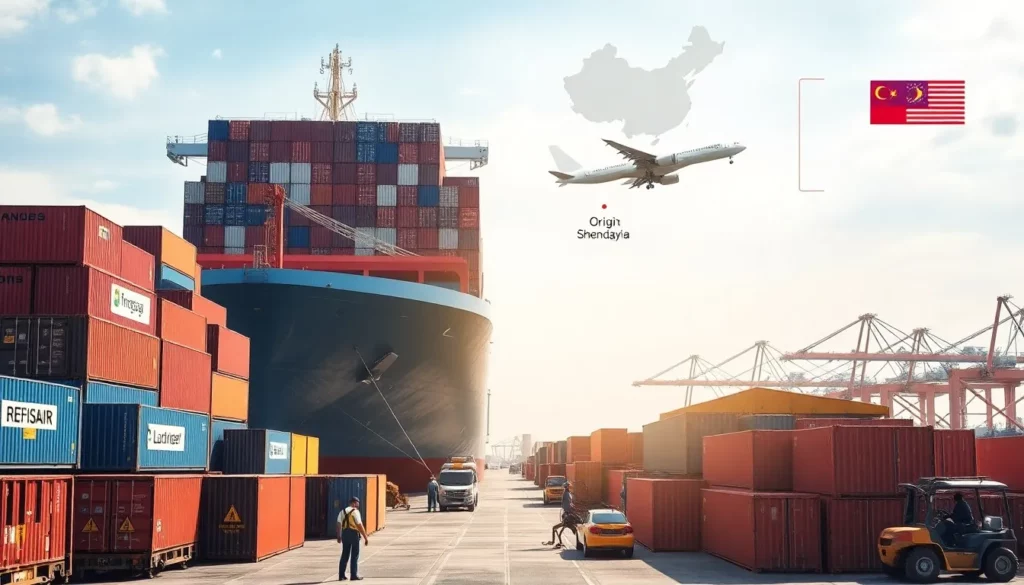
Evaluate Cargo Type and Special Handling Needs
Your cargo’s nature shapes your shipping method and compliance requirements. Consider these factors:
- Perishables: Require temperature-controlled transport, often via air freight for speed.
- Electronics/Fragile Items: Benefit from air freight’s minimal handling and faster transit.
- Hazardous Materials: Need specialized documentation and carrier approvals.
- Oversized Goods: May require flat-rack containers or break-bulk shipping.
Critical Warning: Malaysia prohibits importing counterfeit goods, textiles with religious verses, and certain electronics without permits. Verify compliance to avoid seizure.
Balance Urgency and Budget for Shipping Mode
Your delivery timeline and budget guide your shipping choice. Compare these options:
| Shipping Mode | Transit Time | Cost Range |
|---|---|---|
| Sea Freight | 10-30 days | $1,500-$4,500 (FCL) |
| Air Freight | 3-7 days | $3.00-$10.00 per kg |
| Express Courier | 1-5 days | $3.40-$5.90 per kg (over 21 kg) |
For urgent shipments, air freight or express services like DHL or FedEx deliver quickly but at a premium. Sea freight saves 60-80% for larger shipments but requires longer lead times.
Pinpoint Origin and Destination Locations
Your shipment’s starting point in China (e.g., Shanghai, Shenzhen) and end point in Malaysia (e.g., Port Klang, Penang) impact costs and logistics. Major Chinese ports offer frequent sailings, while factory proximity affects inland transport costs. In Malaysia, Port Klang handles most containers, but East Malaysia destinations like Kota Kinabalu may extend transit times.
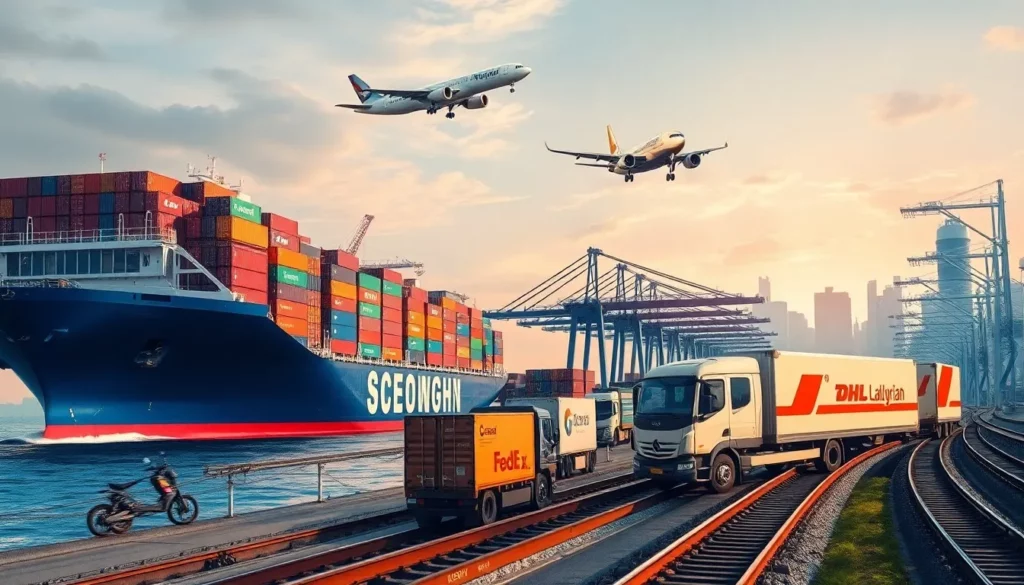
Explore Primary Shipping Methods
Sea Freight: FCL, LCL, and Trade Lanes
Sea freight is the backbone of China-Malaysia trade due to its cost efficiency. Key trade lanes include:
- Shanghai to Port Klang: 12-15 days
- Shenzhen to Port Klang: 10-12 days
- Ningbo to Port Klang: 12-14 days
Container types include 20’GP, 40’GP, and 40’HQ, with 40’GP offering double the volume of 20’GP at 1.5 times the cost. LCL consolidates cargo at Container Freight Stations, adding 7-10 days for handling but lowering costs for smaller shipments.
Air Freight: Speed vs. Cost
Air freight delivers in 3-5 days from major Chinese airports (Beijing, Shanghai, Guangzhou, Shenzhen) to Kuala Lumpur. Costs range from $3.50-$10.00 per kg, based on actual or volumetric weight.
Pro Tip: For shipments under 2 cubic meters, air freight can be cheaper than LCL due to faster transit and lower minimum charges.
Express Courier Services
For urgent small parcels or documents, DHL, FedEx, or UPS offer 1-3 day delivery with built-in customs clearance. Costs drop to $3.40-$5.90 per kg for shipments over 21 kg, ideal for samples or time-critical items.
Rail Freight: Limited but Evolving
Rail options are limited due to infrastructure constraints, with China’s Belt and Road Initiative slowly expanding connectivity. Currently, rail is not a primary option for Malaysia-bound shipments.
Multimodal Transport Solutions
Combine sea, air, and road transport for optimal efficiency. Sea-air routes reduce costs by 30-50% compared to pure air freight, while road transport ensures seamless final-mile delivery in Malaysia.
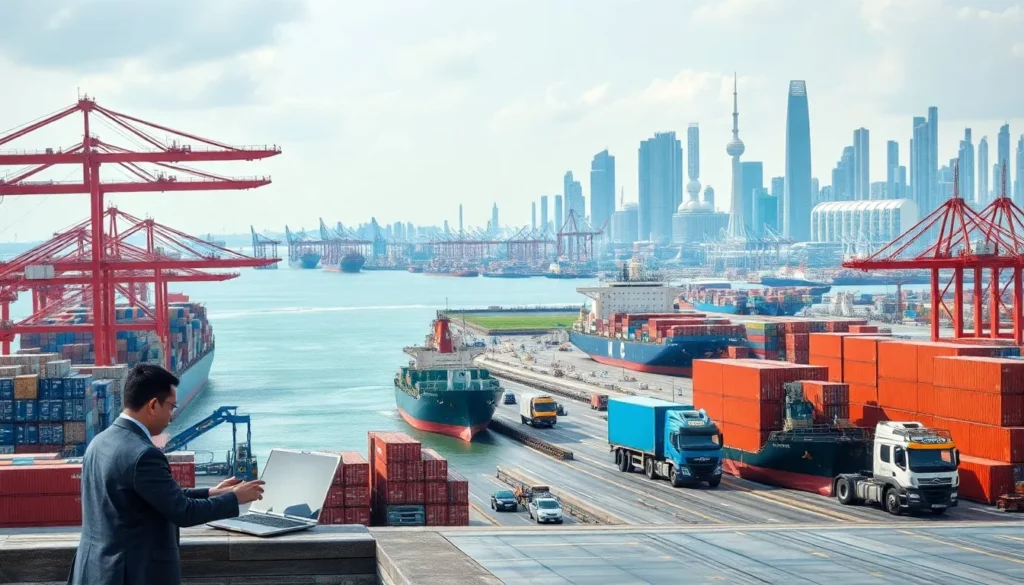
Strategic Considerations for Importers
China’s Manufacturing Hubs
Source wisely by targeting China’s key regions:
- Guangdong (Shenzhen, Guangzhou): Electronics and consumer goods, with strong port access.
- Zhejiang: Textiles and machinery, robust export infrastructure.
- Jiangsu (near Shanghai): Automotive parts and chemicals.
Communicate Effectively with Suppliers
Clear communication prevents delays. Set explicit expectations for packaging, labeling, and schedules. Regular updates during production ensure smooth logistics.
Best Practice: Maintain multiple supplier relationships to secure competitive pricing and supply chain resilience.
Align Shipping with Inventory Goals
Match your shipping strategy to inventory needs. Plan around peak seasons like Chinese New Year to avoid delays. Faster shipping may justify higher costs if it reduces inventory holding expenses.
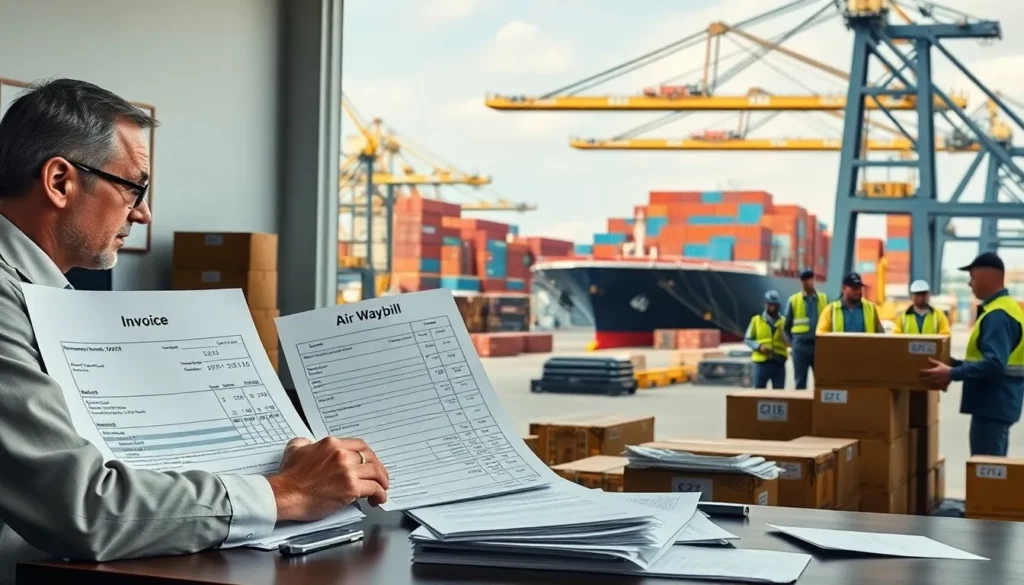
Master Logistics Processes: Documentation, Customs, and Incoterms
Essential Shipping Documents
Accurate documentation ensures compliance and smooth customs clearance. Here’s what you need:
- Commercial Invoice: Lists product descriptions, unit prices, total values, and HS codes for duty calculation. Ensure accurate valuation to avoid penalties.
- Packing List: Details package contents, weights, dimensions, and carton numbers for customs and handling.
- Bill of Lading (B/L): Acts as receipt, contract, and title for sea freight. Options include Master, House, Original, Telex Release, or Express Release.
- Air Waybill (AWB): Non-negotiable document for air freight, including tracking and handling details.
- Certificate of Origin (Form E): Qualifies for ACFTA tariff reductions, potentially eliminating duties.
- Permits/Licenses: Required for items like electrical equipment (SIRIM permits) or food (health certificates).
- Other Documents: Fumigation certificates for wooden packaging or MSDS for hazardous materials.
Key Metric: ACFTA preferences can cut duties by up to 100%, significantly lowering landed costs.
Navigate Customs Clearance
China Export Declarations
Provide accurate commodity classifications and values for export clearance. Your freight forwarder typically manages this, but verify HS codes and licenses for restricted items.
Malaysian Import Declarations
Submit the K1 form via Dagang Net before cargo arrival. Accurate HS codes ensure correct duty calculations.
Critical Warning: Incorrect HS codes risk audits, penalties, and delays. Double-check classifications.
Duties and Taxes
Malaysian duties range from 0-50% on CIF value, with SST at 5-10%. Goods under MYR 500 may qualify for duty exemptions at certain airports. Pay promptly to avoid delays.
Customs Inspections
Customs uses risk-based inspections, costing $275 for non-intrusive checks (1-2 days) or $800 for intensive exams (up to a week). Accurate documents and experienced brokers minimize delays.
Pro Tip: Choose customs brokers with China-Malaysia expertise for faster clearance and fewer errors.
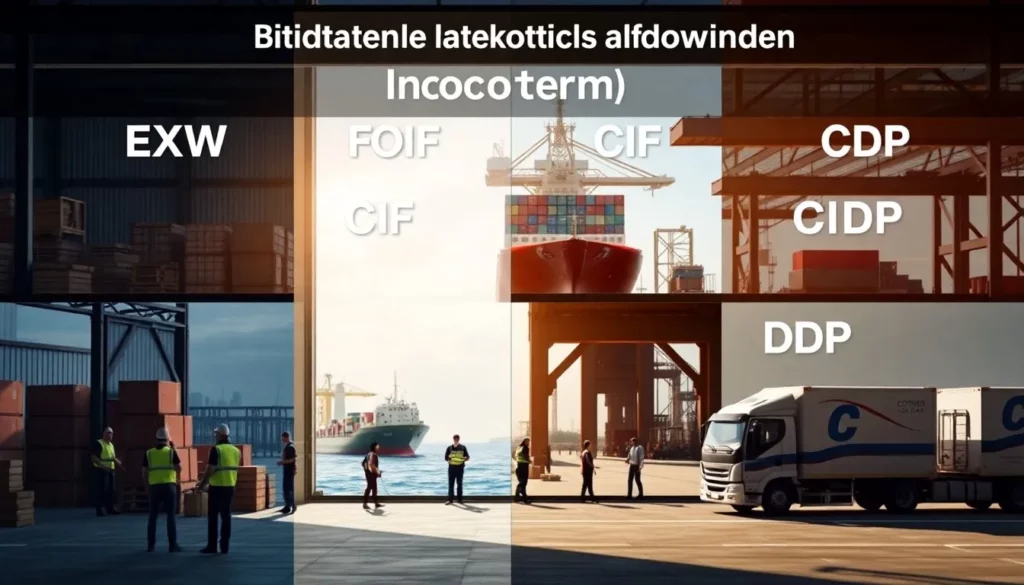
Apply Incoterms Strategically
Incoterms define cost and risk responsibilities. Here’s a breakdown:
| Incoterm | Seller Responsibility | Buyer Responsibility | Best Use Case |
|---|---|---|---|
| EXW | Ends at factory/warehouse | All transport, export, and import logistics | Experienced importers with logistics networks |
| FOB | Inland transport and export clearance | Ocean freight, insurance, import procedures | Regular shipments with supplier expertise |
| CIF | Transport and insurance to destination port | Risk after loading, import clearance | Simplified logistics with less control |
| CFR | Transport to destination port | Risk after loading, insurance, import clearance | Customizable insurance with seller logistics |
| DDP | All transport, duties, taxes to buyer’s door | Receiving and unloading cargo | Smaller shipments or less experienced importers |
Example: Use FOB for electronics shipments to leverage supplier logistics, but opt for DDP for urgent small orders to simplify processes.
Avoid pitfalls by confirming Incoterms in writing and verifying supplier capabilities for complex terms like DDP.
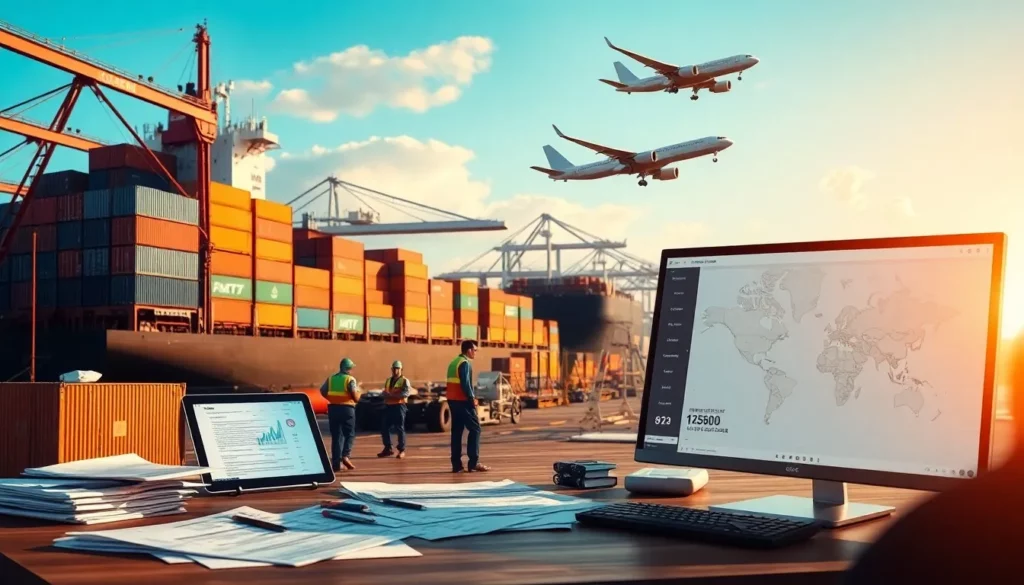
Optimize Shipping Costs and Transit Times
Break Down Shipping Costs
Total landed costs include multiple components:
- Core Freight Charges: Sea freight: $1,500-$4,500 (FCL) or $15-$54 per CBM (LCL). Air freight: $2.50-$10.00 per kg.
- Origin Charges (China): Drayage, terminal handling ($50-$150), documentation ($50-$200).
- Destination Charges (Malaysia): THC ($100-$300), Delivery Order fees ($50-$150), inland transport.
- Duties/Taxes: 0-50% on CIF value, plus 5-10% SST. ACFTA can reduce duties by 5-25%.
- Surcharges: Fuel (BAF), Peak Season (PSS), and General Rate Increases (GRI).
- Insurance: 0.1-0.2% of cargo value. Insure for 110% to cover profits.
Best Practice: Insure shipments for 110% of invoice value to protect margins and cover additional charges.
- Ancillary Fees: Demurrage, detention, storage, brokerage ($100-$500), document amendments ($50-$150).
Manage Transit Times
Transit times vary by mode and route:
- Sea Freight: 9-15 days (port-to-port, e.g., Shanghai to Port Klang). LCL adds 7-10 days.
- Air Freight: 1-5 days (airport-to-airport), plus 1-2 days for connections.
- Express Courier: 2-7 days door-to-door.
- Multimodal: Sea-air cuts costs while maintaining speed.
Mitigate delays by monitoring port congestion, preparing accurate documents, and building buffer time during peak seasons like Chinese New Year.
Cost and Time Optimization Strategies
- Compare Quotes: Request detailed quotes with identical specs for accurate comparisons.
- Consolidate Shipments: Combine goods from multiple suppliers to secure volume discounts.
- Ship Off-Peak: Avoid high-cost periods like pre-Chinese New Year.
- Use Technology: Leverage tracking platforms for real-time visibility and proactive management.
Example: Use sea freight for routine inventory and air freight for urgent launches to balance cost and speed.
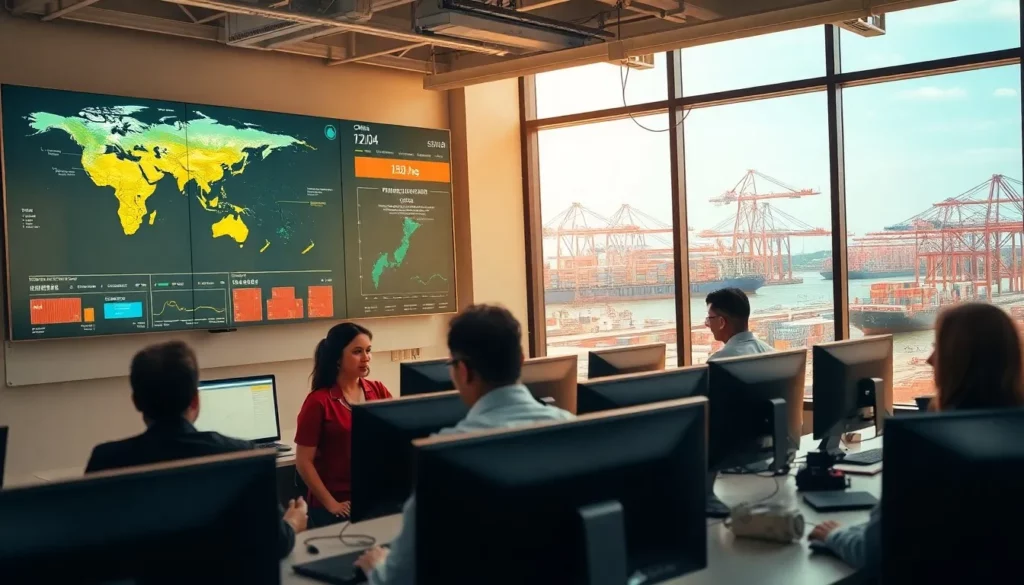
Choose the Right Freight Forwarder
Why Freight Forwarders Matter
Freight forwarders streamline your logistics with:
- End-to-End Management: From pickup to delivery, including carrier booking.
- Regulatory Expertise: Navigating customs and trade lane complexities.
- Networks: Strong relationships with carriers and customs authorities.
- Cost Savings: Through consolidation and route optimization.
- Value-Added Services: Warehousing, distribution, and consultancy.
Evaluate Forwarders Effectively
Select a forwarder based on:
- China-Malaysia Expertise: Knowledge of local regulations and challenges.
- Service Range: Air, sea, customs brokerage, and last-mile delivery.
- Transparent Pricing: Detailed breakdowns to avoid hidden fees.
Critical Warning: Hidden fees can inflate costs by 20-50%. Demand full cost transparency.
- Customer Service: Responsive communication and dedicated account managers.
- Technology: Online tracking, EDI integration, and analytics.
- Reputation: Verified through testimonials and certifications (e.g., ISO, IATA).
- Industry Knowledge: Familiarity with your cargo’s requirements.
- Stability: Financial health and robust insurance coverage.
Find and Onboard Forwarders
- Search Online: Use B2B marketplaces and industry directories.
- Leverage Networks: Attend trade shows or seek referrals via SFFLA or FMFF.
- Issue RFQs: Provide detailed cargo and service specs for accurate quotes.
- Conduct Due Diligence: Check references, review SLAs, and test with pilot shipments.
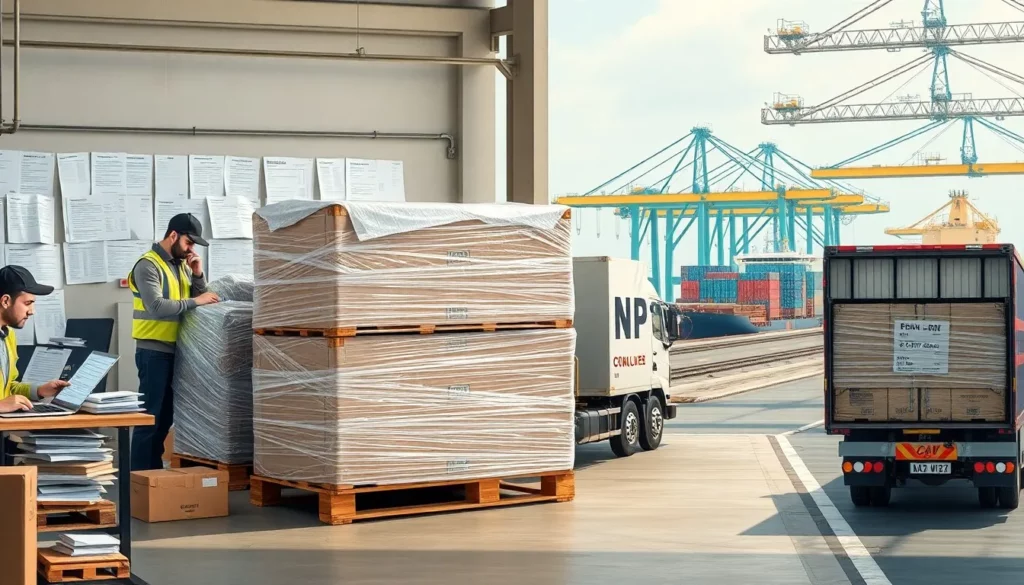
Execute Your Shipment Flawlessly
Pre-Shipment Preparations
- Finalize Purchase Orders: Confirm Incoterms, specs, and schedules in writing.
- Ensure Proper Packaging: Use five-layer cartons, plastic wrapping, and ISPM 15 pallets.
Best Practice: Require export-quality packaging to withstand international transit.
- Verify Documents: Check invoices, packing lists, and HS codes for accuracy.
- Arrange Insurance: Cover 110% of cargo value based on Incoterms.
Initiate Shipping
- Submit Details: Provide complete cargo and service information to your forwarder.
- Coordinate Pickup: Schedule factory pickups with clear instructions.
- Confirm Bookings: Review carrier schedules and space allocations.
Track and Manage In-Transit
- Monitor Shipments: Use forwarder tracking systems for real-time updates.
- Stay in Touch: Communicate regularly for status reports and issue resolution.
- Handle Issues: Plan for delays like rolled cargo or customs holds.
Clear Customs and Deliver
- Coordinate Clearance: Submit documents early via customs brokers.
- Settle Charges: Pay duties and taxes promptly to avoid delays.
- Arrange Delivery: Schedule inland transport to your warehouse.
- Inspect Cargo: Check for damage upon arrival and file claims if needed.
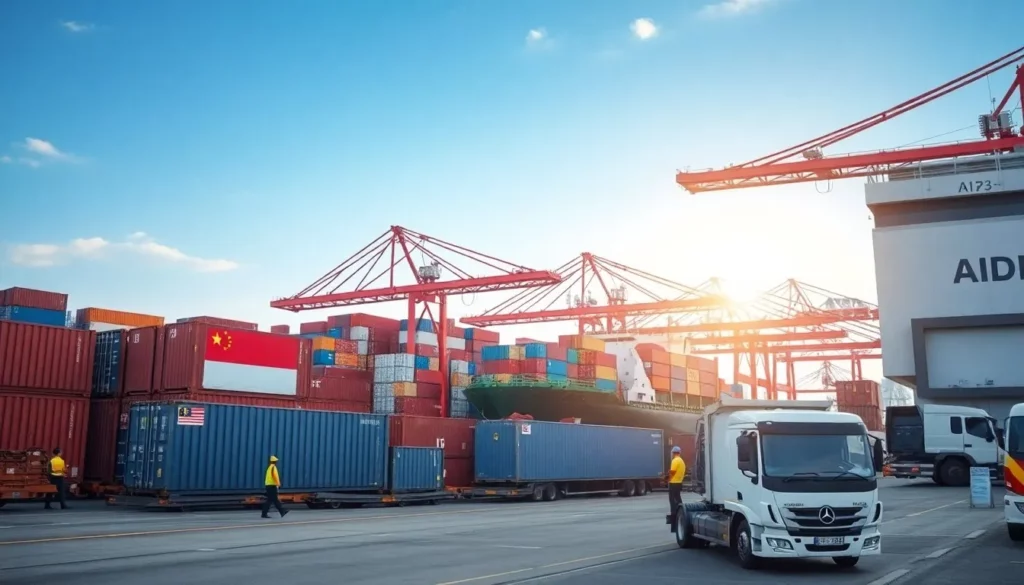
Conclusion
Your China-to-Malaysia shipping strategy hinges on mastering shipping methods, costs, compliance, and partnerships. By aligning your cargo needs with the right transport mode, budgeting accurately, ensuring regulatory adherence, and partnering with experienced forwarders, you can cut costs by 15-30% and enhance reliability. At AIIDII, we leverage our deep China-Malaysia expertise to deliver tailored logistics solutions, helping you streamline operations and grow in Malaysia. Contact us for a consultation to elevate your supply chain.
FAQs
1. What are the cost and transit time differences between sea and air freight for B2B cargo?
Sea freight costs $15-$54 per CBM (LCL) or $1,500-$4,500 per container (FCL) with 8-20 day transit. Air freight costs $2.50-$10.00 per kg with 3-7 day delivery. Sea saves 60-80% for larger shipments; air is 70% faster for urgent goods.
2. What responsibilities or hidden costs remain under DDP Incoterms?
With DDP, sellers cover transport, duties, and taxes to your door. You handle cargo receipt, unloading, and post-free-time storage. Watch for demurrage, special handling, or unlisted destination fees. Clarify inclusions in DDP quotes.
3. How can I ensure my Chinese supplier correctly handles export declarations?
Request export document copies, including customs declarations. Verify HS codes match invoices and restricted items have licenses. Partner with forwarders to confirm compliance and obtain documentation.
4. Why choose a freight forwarder with a strong local presence in China and Malaysia?
Local experts know regulations, cultural nuances, and operational practices, ensuring faster issue resolution and lower costs via local partnerships. Generic forwarders may lack this depth, risking delays.
5. What details should I provide for an accurate freight forwarder quote?
Include cargo weights, dimensions, quantities, product descriptions, pickup/delivery addresses, Incoterms, timeframe, and special requirements. Share shipment frequency and volume projections for better pricing.

